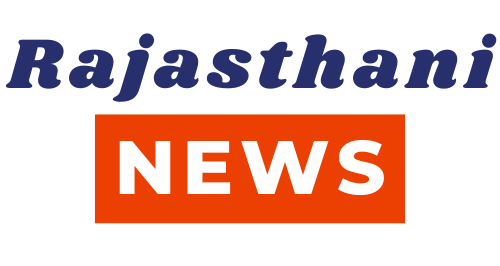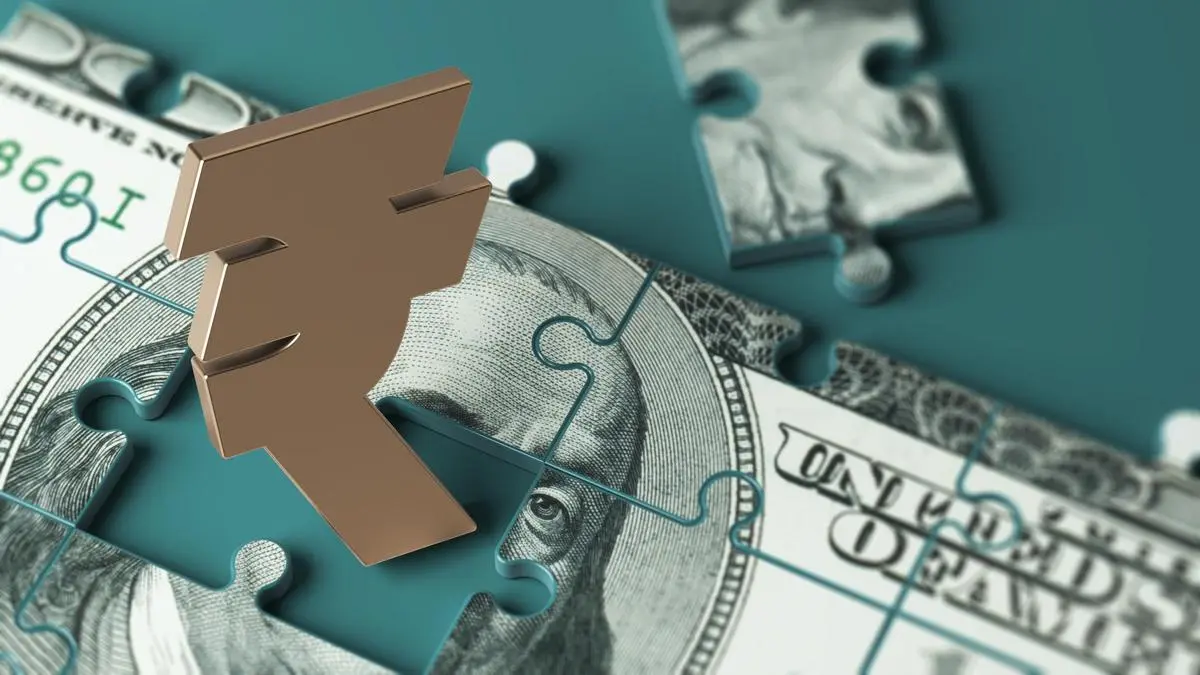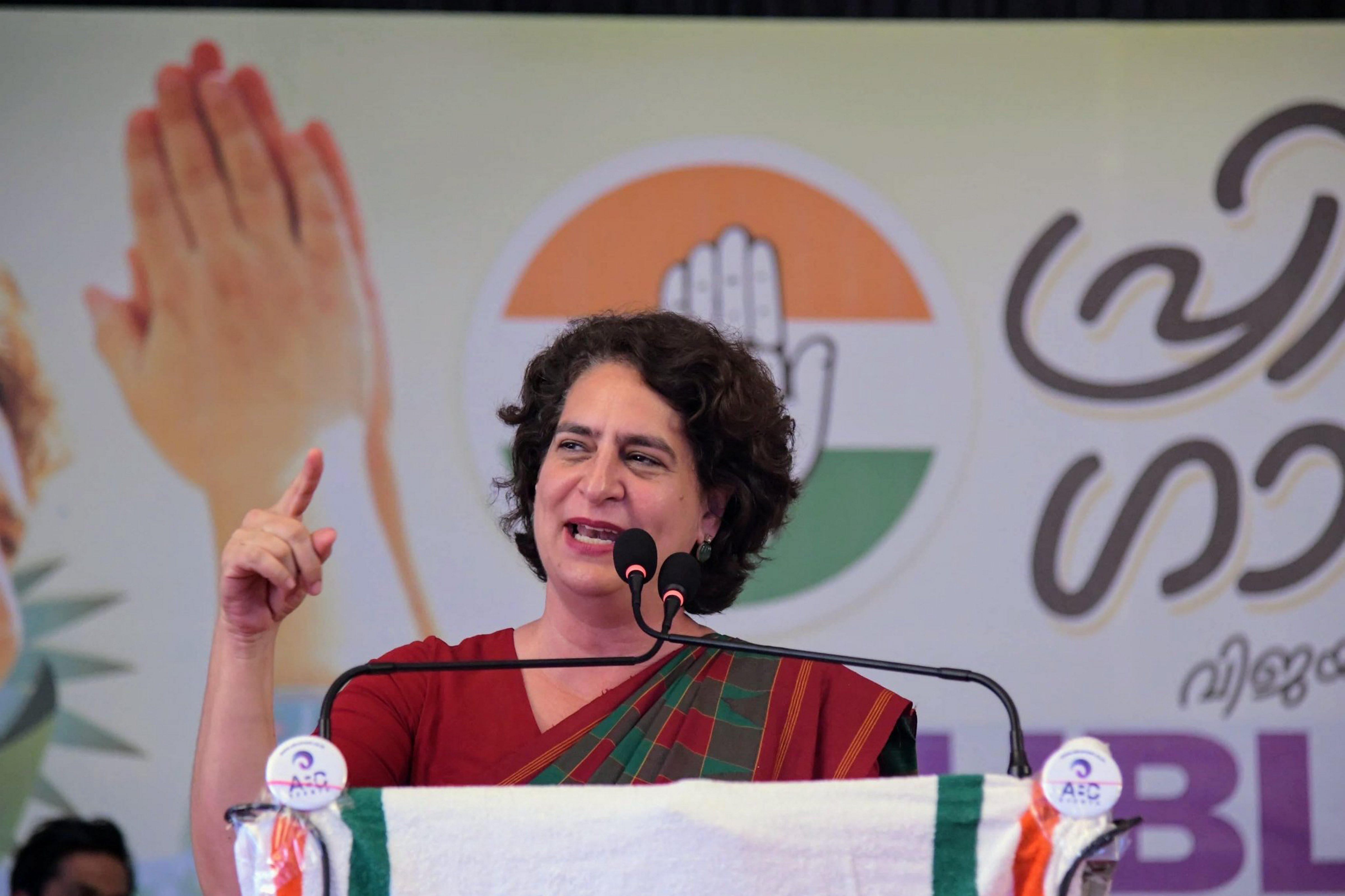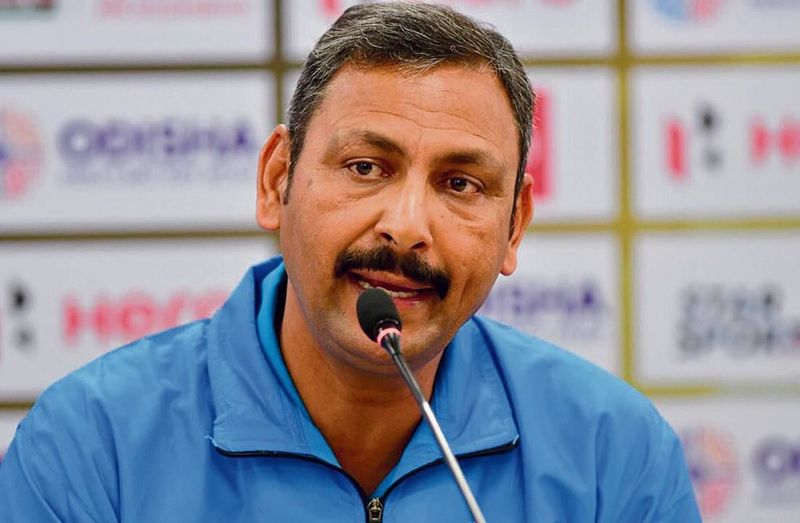India and Qatar to Finalise FTA Framework in October, Trade to Double by 2030
- bypari rathore
- 08 September, 2025
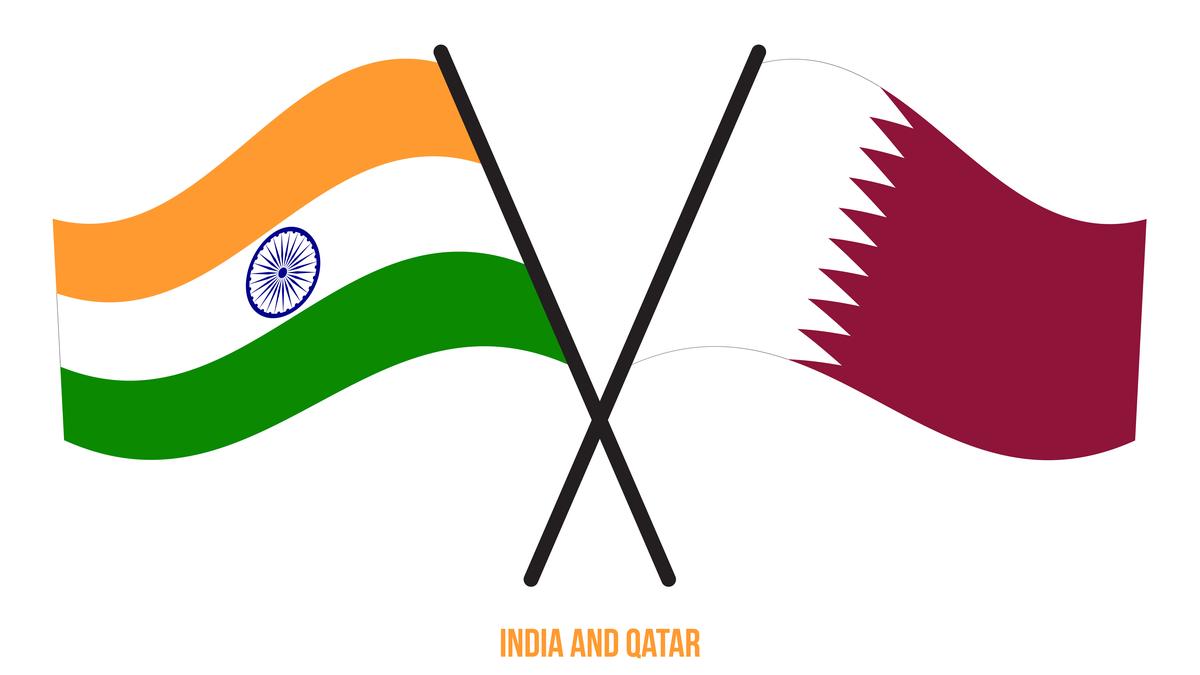
India and Qatar to Finalise FTA Framework in October, Target Doubling Trade by 2030
New Delhi/Doha, September 8, 2025:
India and Qatar are set to enter a new chapter in their economic and strategic ties as both nations prepare to finalise the terms of reference for a Free Trade Agreement (FTA) in early October 2025. According to officials, Commerce and Industry Minister Piyush Goyal is scheduled to travel to Doha around October 6 to seal the framework that will lay the foundation for detailed negotiations.
The proposed FTA is expected to serve as a cornerstone of the India–Qatar Strategic Partnership, which was elevated earlier this year during Prime Minister Narendra Modi’s summit with Emir Sheikh Tamim bin Hamad Al Thani.
A Trade Target of $28 Billion by 2030
At present, India–Qatar bilateral trade stands at around $14 billion. Under the strategic partnership, both sides have set an ambitious target to double trade to $28 billion by 2030.
For India, the Gulf nation is a crucial energy supplier, while Qatar views India as a long-term growth market and investment destination. Meeting the trade target will require not only increased energy flows but also expanded cooperation in manufacturing, technology, services, and infrastructure.
Qatar’s $10 Billion Investment Commitment
A major highlight of the partnership is Qatar’s pledge to invest $10 billion in India. The funds will be directed towards:
Infrastructure: including logistics hubs, ports, and transport corridors.
Technology & Manufacturing: areas such as green hydrogen, semiconductors, and AI.
Food Security: investment in cold storage chains and agri-processing.
Hospitality & Real Estate: catering to India’s fast-growing tourism and urban development.
This investment is expected to create significant job opportunities and deepen economic interdependence between the two nations.
Energy and Digital Finance at the Core
Energy remains the backbone of the relationship. India is one of the largest importers of Qatar’s liquefied natural gas (LNG), and both sides are in talks to expand long-term supply contracts to ensure stability and affordability.
In parallel, India has proposed the integration of its Unified Payments Interface (UPI) in Qatar. This would benefit the large Indian diaspora in the Gulf country by enabling seamless remittances and digital transactions. Both nations are also exploring the possibility of conducting trade settlements in local currencies, reducing dependency on the U.S. dollar.
FTA as a Response to Global Trade Realities
The timing of the India–Qatar FTA talks is significant. Indian exports have been facing rising tariff barriers in Western markets, particularly after fresh U.S. tariff actions earlier this year. New Delhi’s pivot to Gulf economies reflects its strategy of diversification, aimed at reducing over-reliance on traditional markets and ensuring resilience against global trade shocks.
The proposed FTA will also complement India’s ongoing negotiations with the European Union and GCC countries, placing New Delhi at the center of a rapidly evolving Indo-Gulf trade corridor.
Challenges Ahead
Despite optimism, trade experts caution that negotiations may not be smooth sailing. Key challenges include:
Tariff liberalisation: deciding which goods and services will be opened up.
Investment protection rules: ensuring regulatory safeguards for both sides.
Energy pricing mechanisms: balancing Qatar’s export interests with India’s affordability concerns.
Intellectual property rights: harmonising standards across industries.
Still, finalising the terms of reference in October would be a critical first step, allowing formal FTA negotiations to begin before the end of 2025.
Strategic Implications
For India: The agreement will help secure energy supplies, attract Gulf capital, and strengthen India’s role as a manufacturing hub.
For Qatar: The FTA offers access to a growing consumer base and a stable market for LNG, while expanding its investment footprint in Asia.
For the region: The deal reinforces the Gulf–India axis as a key trade corridor, with ripple effects on connectivity, logistics, and finance.
Looking Ahead
If all goes according to plan, the October talks in Doha will provide the much-needed momentum to conclude an FTA that has been under discussion for several years. With clear targets, strong political will, and mutual economic interests, India and Qatar appear ready to script a new era in bilateral trade and cooperation.
The next few months will reveal whether the $28 billion trade goal by 2030 is within reach — and whether this FTA can become a template for India’s future trade engagements in the Gulf.
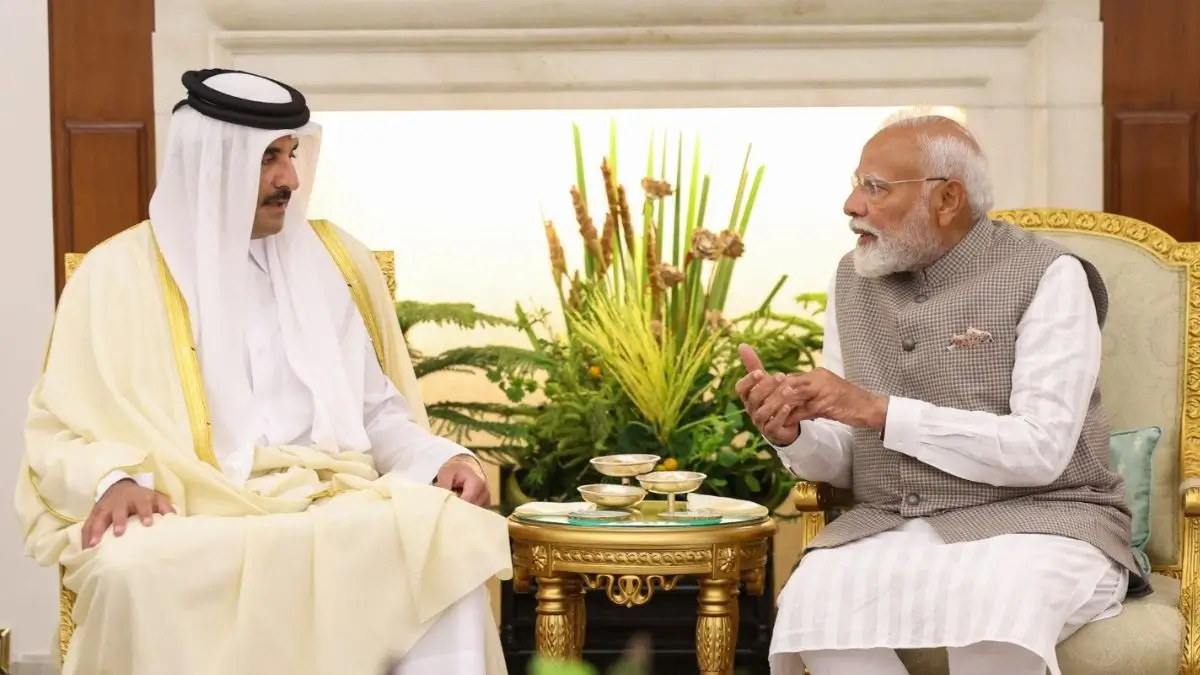
Note: Content and images are for informational use only. For any concerns, contact us at info@rajasthaninews.com.
जयपुर मे सोने और चां...
Related Post
Hot Categories
Recent News
Daily Newsletter
Get all the top stories from Blogs to keep track.
